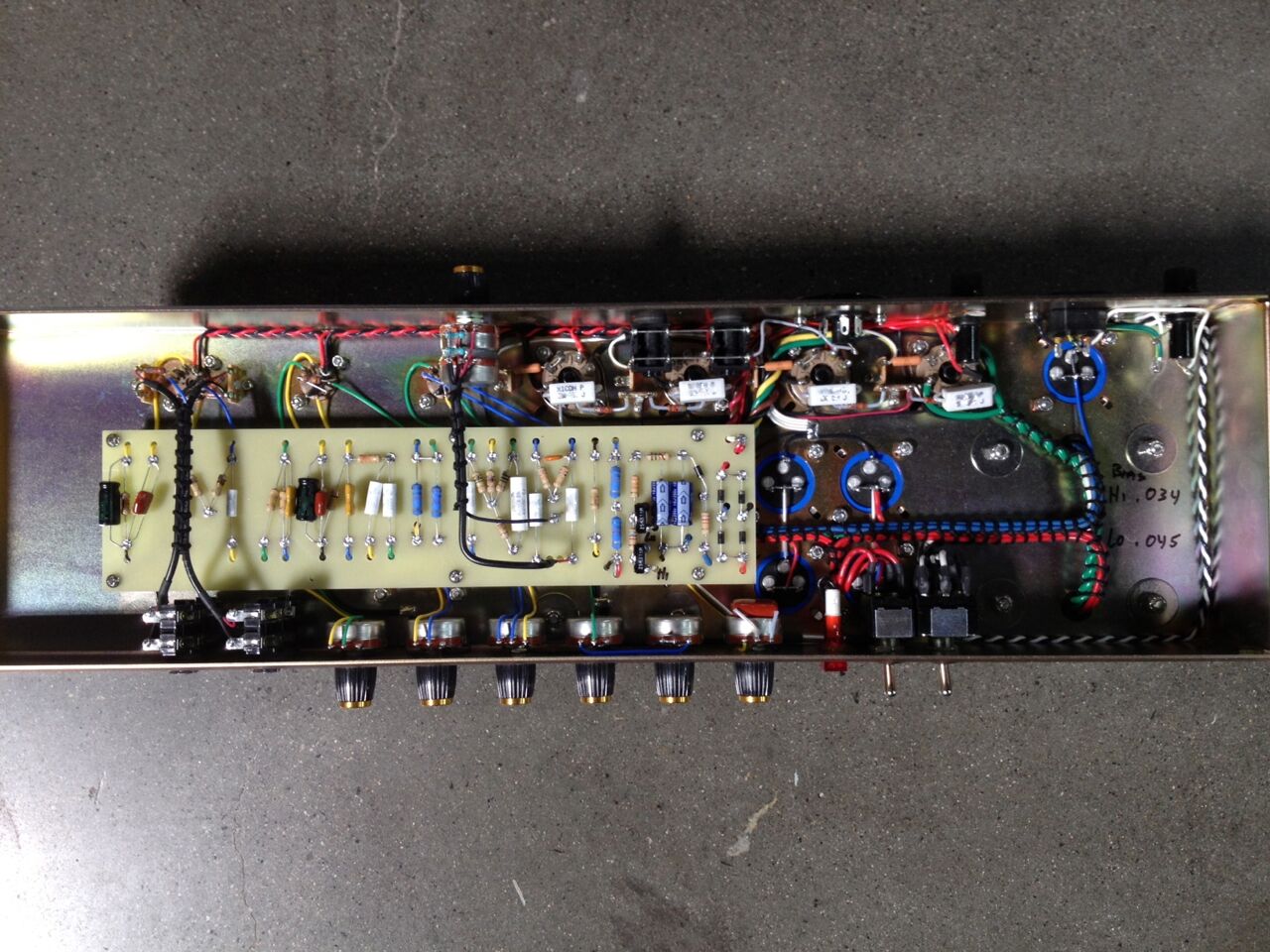Accelerator
Well-known member
@Spencerleehorton
Keep in your mind that “Boutique” options like the DC Heaters that Boutique Amps like Metropoulos Amps aka MetroAmps uses, demands Boutique and expensive Power Transformers like Mercury Magmetics P4550JT-G2M for the DC Heaters …
So, in the most cases the realistic choices that you have to do, it is not just a “theoretical approach” about “what is the best…” in our humble opinion, but rather an economical realistic condition about what Power Transformer you could have in your hand…
Read the Merlin Blencowe’s Article about the Heater / Filament SuppliesAnother question that springs to mind is how to do the heater wires, there seems to be some difference of opinion in wether to twist them and have them 90 degrees to other wires or have them come in from above and be in parallel next to each other which is claimed to be better to reduce noise!
I wondered what your opinion was?
Keep in your mind that “Boutique” options like the DC Heaters that Boutique Amps like Metropoulos Amps aka MetroAmps uses, demands Boutique and expensive Power Transformers like Mercury Magmetics P4550JT-G2M for the DC Heaters …
So, in the most cases the realistic choices that you have to do, it is not just a “theoretical approach” about “what is the best…” in our humble opinion, but rather an economical realistic condition about what Power Transformer you could have in your hand…










